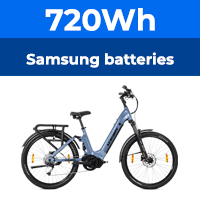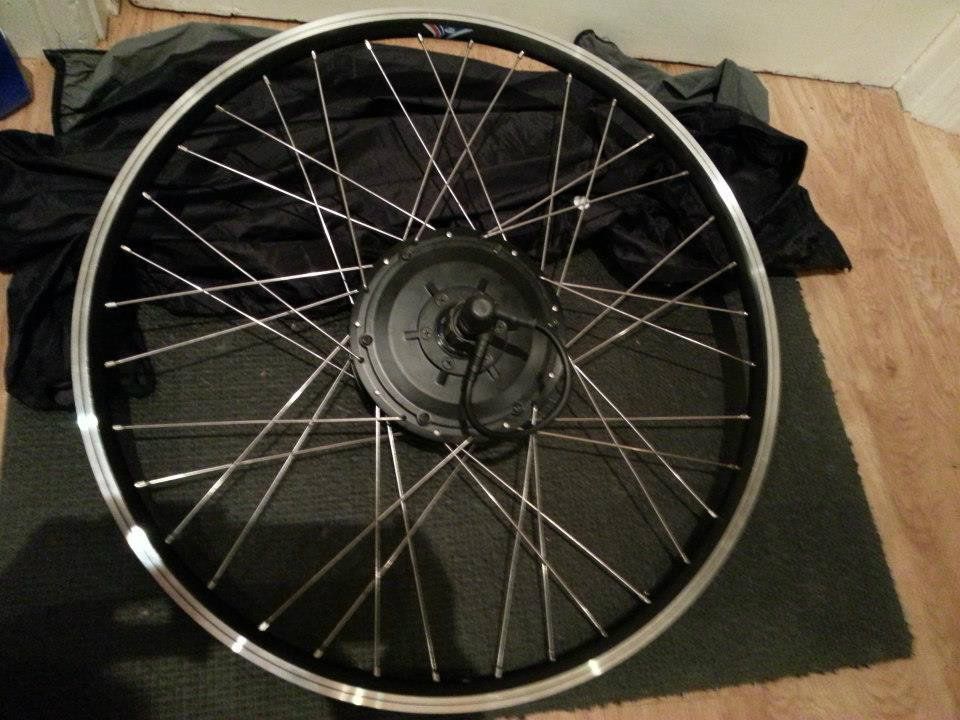Great - will get my head round how to true the wheel and work on some stress relief too

I'm slightly confused about the disc brake and whether this means the wheel has to be 'dished' ... haven't quite got round to understanding that yet. Is this something I can find out by mounting the brake disc and testing in the dropouts at this stage ?
Hi Alex,
Dishing is needed when the flanges are not equidistant from the centre of the hub. With all derailleur hubs the right flange sits closer to the centre of the hub than the left flange. It doesn't matter if it's disc or not, that makes little or no difference.
To get the rim centred between the dropouts means that the spokes on the drive(right) side need to be slightly shorter and under higher tension than the left side, as the rim needs to sit closer to the right flange.
If you look at the wheel from the back of the bike, the drive side spokes look 'flatter' than the left side - thats the dishing.
Some people will say it doesn't matter about dishing as you will be using disc rather than rim brakes. Unfortunately this isn't true as the rear wheel needs to track the front as close as possible, to ensure even steering and tyre wear. It will never be perfect, as very few affordable frames will be 100% true, but it's preferable to get it as close as possible.
A few frames designed for very heavy duty have an offset bult into the rear triangle to allow the wheel to be built off centre, with even spokes and tension on both sides(or very close!) to create a stronger wheel.
Some rims are drilled off centre to give a similar result, but this can only be done by a fairly small amount, or the uneven load on the rim will create a whole new set of problems

For stress relief, don't study the science of wheels

For me right now, playing with wheels is more relaxing than listening to the mother in law arguing in Spanish with the televison........

Alan









